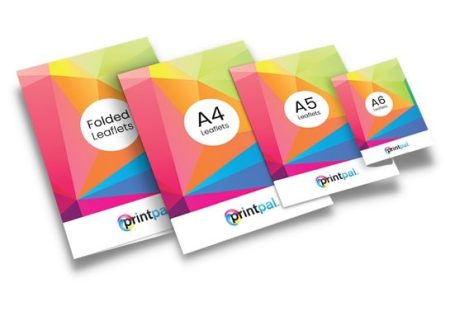When it comes to poster printing, the quality of the paper you choose can significantly affect the overall appearance and impact of your poster. Whether you’re promoting an event, showcasing artwork, or creating educational materials, selecting the right paper is crucial for achieving the desired results. Here are some essential factors to consider when choosing the best paper for high-quality poster printing.
1. Understanding Paper Types
Different types of paper can yield varying results in poster printing. Here are a few common options:
- Glossy Paper: Known for its shiny finish, glossy paper enhances colors and details, making it an excellent choice for vibrant images and graphics. However, it may reflect light, which can make it difficult to read from certain angles.
- Matte Paper: Matte paper provides a non-reflective surface that can give your poster a sophisticated look. It’s ideal for text-heavy designs and artwork where glare could be an issue. Matte paper is also less prone to fingerprints and smudges.
- Satin or Semi-Gloss Paper: This type strikes a balance between glossy and matte finishes, offering a slight sheen without the high reflectivity of glossy paper. It provides rich colors and is often used for professional poster printing applications.
2. Weight and Thickness
The weight of the paper is another critical factor in poster printing. Paper weight is measured in grams per square meter (GSM). Here’s a general guideline:
- Lightweight (130-170 GSM): Suitable for indoor posters and temporary displays. While they are cost-effective, they may not hold up well in outdoor conditions.
- Medium Weight (170-250 GSM): A versatile choice for various applications, offering good durability and print quality.
- Heavyweight (250-350 GSM): Ideal for high-impact posters that need to withstand handling or outdoor exposure. Heavyweight paper provides a premium feel and enhances the overall quality of the print.
3. Texture Matters
The texture of the paper can also influence the visual impact of your poster printing. Textured papers can add depth and interest to your design, making it more engaging. Common textures include linen, canvas, and felt. Consider the style of your artwork or message and choose a texture that complements it.
4. Finish and Coating Options
Coatings can enhance the performance and aesthetics of your poster. Here are a few common options:
- UV Coating: This coating provides a protective layer that enhances color saturation and adds durability. It’s ideal for posters that will be displayed in bright environments.
- Lamination: Laminated posters are coated with a thin plastic film, offering excellent protection against moisture and tearing. This is particularly useful for posters that will be displayed outdoors.
- Spot UV: This technique applies a glossy finish to specific areas of the poster, creating contrast and visual interest. It’s an excellent option for emphasizing particular elements of your design.
5. Cost Considerations
While it’s essential to choose high-quality paper for poster printing, it’s also important to consider your budget. Higher GSM paper and specialty finishes may come at a premium, so evaluate your needs and select a paper that offers the best balance of quality and cost-effectiveness for your project.
Conclusion
Selecting the right paper for high-quality poster printing is a critical step in ensuring your posters achieve the desired visual impact. By considering factors such as paper type, weight, texture, finish, and budget, you can make an informed decision that enhances your poster’s quality and effectiveness. Whether you’re creating marketing materials, artwork, or educational resources, the right paper will help your message stand out and leave a lasting impression.

